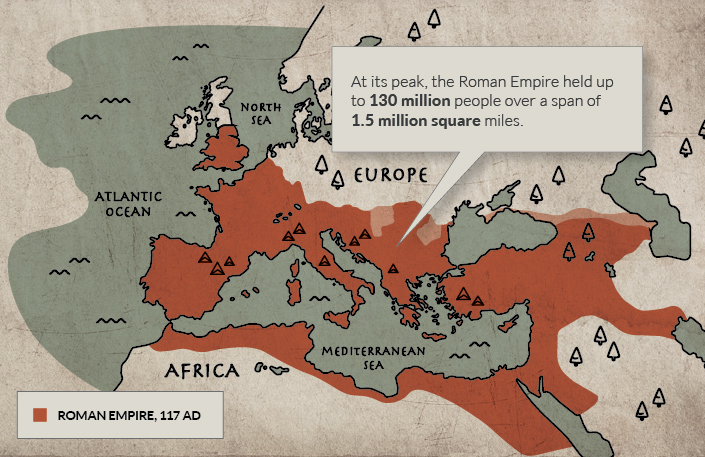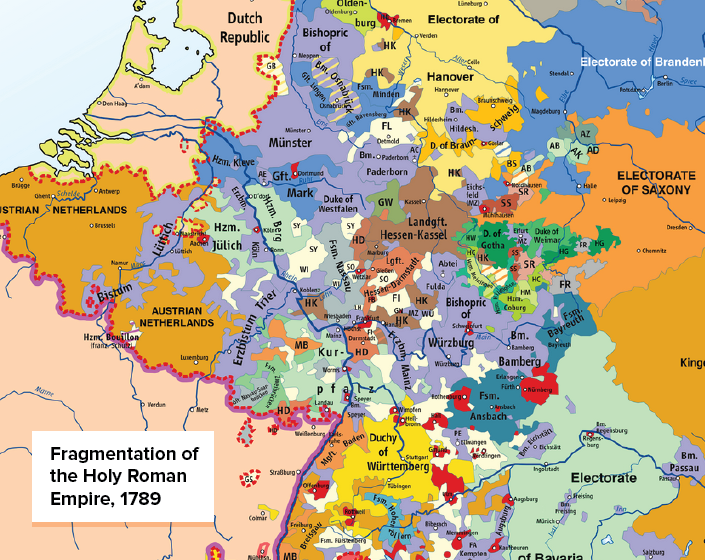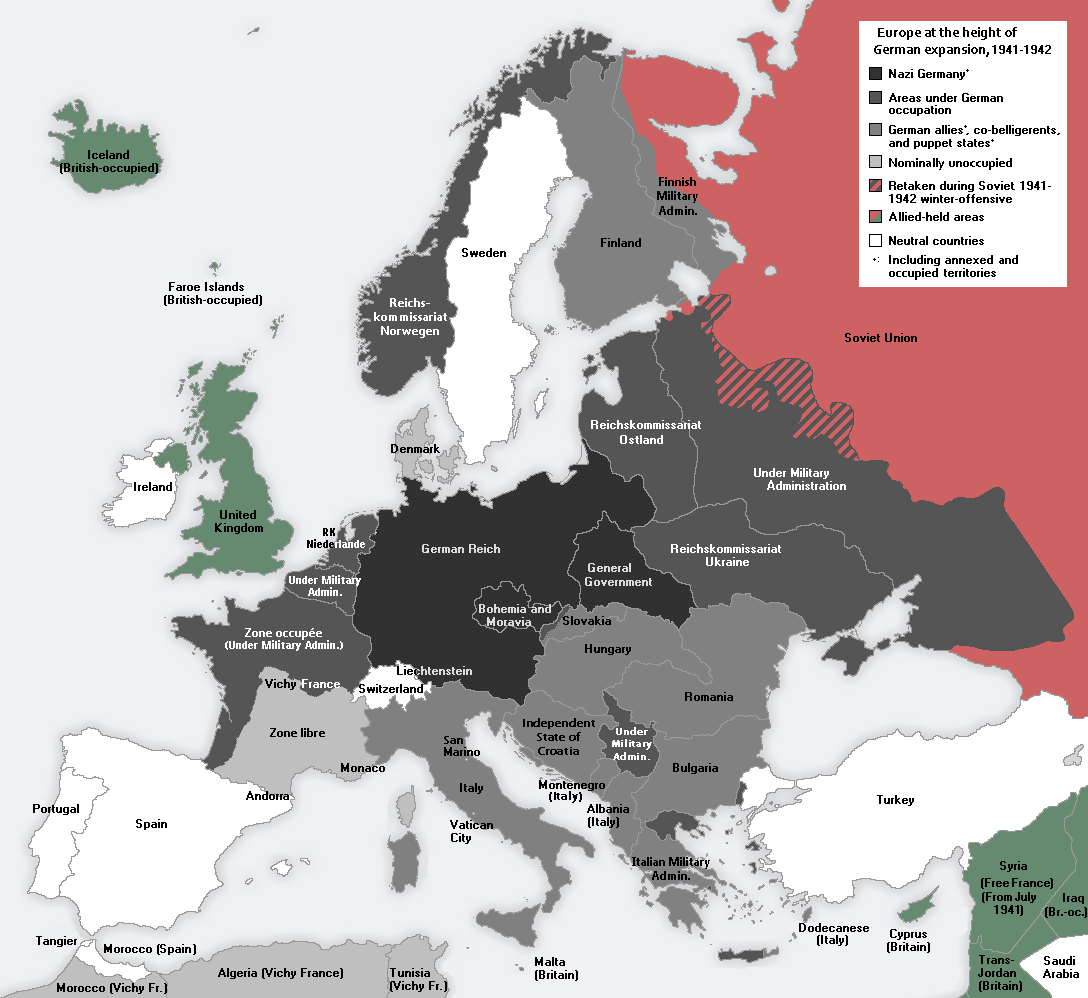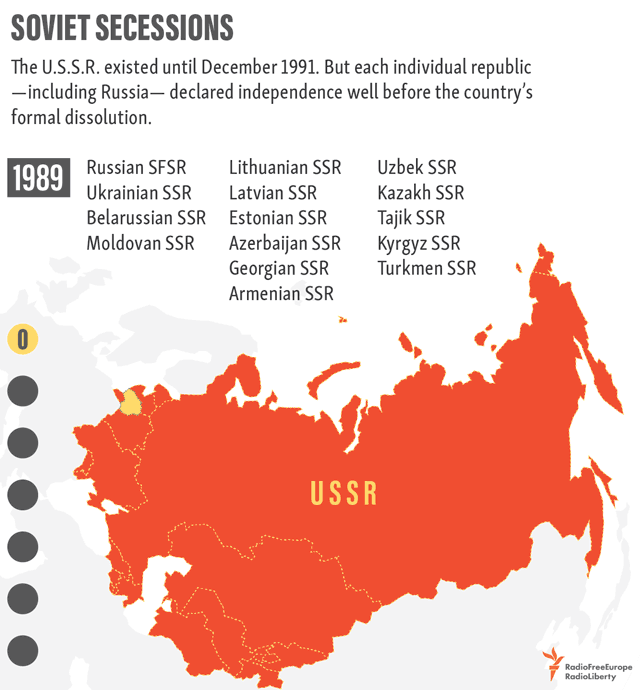Política externa e diplomacia do Brasil: como são, como podem ser, 2
Por Paulo Roberto de Almeida | nov 28, 2025 | Artigos | 0 |

Conjunto das Nações
Quais são, para fins de um exercício exploratório obviamente parcial e incompleto, setores e temas que aparecem como prioritários num processo de formulação de diretrizes para uma política externa consensual do ponto de vista do interesse nacional, cujas orientações básicas podem ser integradas à agenda da diplomacia brasileira? As seguintes áreas aparecem como relevantes na interface externa do Brasil que poderia ser priorizada nos anos à frente: maior e mais ativa integração à economia mundial; adaptação e modernização das estruturas e mecanismos domésticos para acelerar e tornar mais flexível esse processo de inserção na economia internacional; revisão dos atuais esquemas de integração regional (Mercosul, acordos da Aladi, preferências tarifárias com determinados parceiros) num sentido de maior abertura econômica e liberalização comercial; avaliação das parcerias estratégicas definidas nos últimos anos, de maneira a considerar, antes, os objetivos nacionais estrito senso, do que preferências ideológicas ou partidárias, de escassa ou nenhuma relevância para a política externa; modernização do funcionamento do instrumento diplomático, ou seja, reforço da organização e métodos do Itamaraty, de maneira a aparelhá-lo para responder aos novos desafios aqui enfocados.
Abertura comercial global, concomitante à reforma tributária em curso
Não parece existir espaço, no horizonte previsível, para grandes negociações no plano multilateral, sugerindo-se possíveis acordos bilaterais ou inter-regionais, que requerem um novo perfil da política comercial do Brasil, eventualmente com revisão da TEC do Mercosul. A exposição do setor produtivo à concorrência internacional – benéfica em si, para os próprios produtores e consumidores – requer a redução da carga tributária no plano interno, e uma reforma não pode ser feita sem a outra, sob risco de desmantelar ainda mais as empresas do setor manufatureiro.
Aspecto importante da conjuntura recente do Brasil é o seu projeto de aproximação à Organização de Cooperação e Desenvolvimento Econômico (OCDE), emoldurada pela demanda de adesão, feita em junho de 2017, confirmada no governo subsequente, assim como pela própria organização, ao acolher esse pedido e começar a examinar tal processo desde 2022, processo que deveria ser concomitante ao da modernização institucional e operacional das principais políticas públicas no país, justamente no sentido da interdependência e de sua maior integração ao mundo. Esse processo – que compreende igualmente uma revisão e uma cuidadosa atualização dos principais compromissos externos do Brasil, nos planos regional (em política e em economia, com destaque para os esquemas de integração econômica), multilateral (organismos internacionais) e plurilateral (blocos ou grupos de países, bem como os grandes parceiros nas relações bilaterais prioritárias) – passou por diferentes fases, entre avanços e recuos, o que pode ser interessante revisar.
A aproximação do Brasil à OCDE tinha sido iniciada no agora distante governo Collor, foi em seguida perseguido sem qualquer estratégia definida nos mandatos de FHC, entre 1995 e 2002, mas foi completamente descurado nos mandatos lulopetistas de 2003 a 2015. Não obstante uma oposição ideológica do partido, ele foi retomado timidamente em 2015, por iniciativa de um ministro (“neoliberal) da Fazenda, em 2015, mediante novo exercício de aproximação, retificado e encaminhado oficialmente nos dois anos e meio do governo Michel Temer, cujo ministro da Fazendo encaminhou carta solicitando formalmente a adesão do Brasil. Tanto o Itamaraty, quanto outros órgãos interessados na adesão, trataram o dossiê durante o governo Bolsonaro, com progressos substantivos realizados no período. O novo governo petista, sob Lula 3, encapsulou novamente o projeto, por razões obscuras, não explicitadas oficialmente.
Revisão do processo de integração visando à inserção econômica externa
O Mercosul não é o culpado pelo fechamento comercial do Brasil, ou pelas disfunções acumuladas ao longo dos anos, essencialmente em função de distorções criadas por descumprimentos de suas obrigações institucionais por parte de seus dois maiores países membros. Se e quando os países membros resolverem cumprir os requerimentos estabelecidos no tratado original, ademais de eventuais arranjos que possam ser feitos em paralelo a um processo de revisão, ele voltará a ser uma base para a integração mundial das economias dos países membros. Caberia, portanto, efetuar um exame profundo das opções estratégicas do Brasil em matéria de política comercial, para decidir, a partir daí se cabe reformar o Mercosul, ou caminhar no sentido de uma independência nesse terreno. Uma agenda aberta, portanto, mas que ainda não recebeu a atenção devida, dada a descoordenação ainda existente entre os diversos ministérios envolvidos nessa frente, assim como em função de uma completa falta de diálogo entre as administrações respectivas dos dois maiores países membros, Brasil e Argentina, precisamente.
Análise das “alianças estratégicas” num sentido puramente pragmático
As políticas externas ainda que diversas, tanto do bolsonarismo quanto a atual, a do lulopetismo, conduziram o Brasil a uma série de coalizões político-diplomáticas definidas a partir de uma visão ideológica deformada das relações internacionais do país, uma vez que baseadas, a primeira, numa aliança subordinada à principal potência ocidental (em verdade a seu líder, identificado às correntes conservadoras da política mundial, a segunda na miopia de um mirífico “Sul Global” – que não existe na prática, a não ser nas concepções ideológicas de seus promotores – e de um mal definido projeto de “nova ordem global multipolar”, que é apenas um slogan para a conformação de um bloco antiocidental. O governo anterior tinha desmantelado, parcial ou totalmente, os esquemas existentes de consulta e coordenação em escala regional criados nos mandatos anteriores dos governos lulopetista, sem colocar absolutamente nada em seu lugar, a não ser uma política de adesão ao governo americano anterior (o de Donald Trump 1, 2017-2020) e com regimes similares ou de orientação iliberal e direitista. O atual governo de Lula 3, confirmou sua preferência por uma aliança estreita com as duas grandes potências contestadoras da atual “ordem ocidental”, proclamando sua adesão de princípio a uma indefinida “ordem global multipolar”, mas as tomadas de posição foram feitas no contexto de uma diplomacia presidencial personalista, não exatamente em nome da diplomacia profissional brasileira (que, diga-se de passagem, não é responsável por certas escolhas feitas primordialmente no Palácio do Planalto, e não no Itamaraty).
O tema também implica uma revisão profunda das grandes escolhas estratégicas do Brasil na arena mundial, e requer uma exposição específica que não cabe nos limites deste trabalho. Cabe, no entanto, relembrar que, ao longo de várias décadas, a política externa do Brasil logrou manter-se imune aos embates, diretos ou indiretos, entre as grandes potências, postura que atualmente parece ter sido esquecida em favor de uma aproximação irrefletida ao campo da contestação da ordem global atual, considerada pelos decisores correntes da política externa como pouco adequada aos interesses nacionais brasileiros. Não existe, contudo, nenhuma exposição clara e explícita sobre como, e por quais razões, a tal “ordem global” alternativa seria mais compatível com os interesses nacionais de longo prazo do Brasil, assim como com suas características de sociedade democrática e inserida plenamente numa economia de livres mercados.
Atuação do Itamaraty: fortalecimento institucional, preparação adequada
O corpo diplomático profissional, mais até do que ocasionais diplomacias presidenciais mais ou menos efetivas, foi uma componente essencial da formulação e da execução das principais diretrizes em matéria de política externa e da sua execução prática. Diplomacias presidenciais ativas podem representar um aporte adicional aos esforços da burocracia oficial, mas, se exercidas numa vertente excessivamente personalista, elas podem guardar a marca de improvisos irrefletidos, desprovidos do requerido embasamento técnico preliminar, com implementação deficiente das escolhas feitas segundo instintos momentâneos, mais até do que apoiados em uma preparação adequada. Certos dossiês, nos últimos governos, foram objeto de tratamento quase amadorístico, pois que conduzidos sob processos decisórios divididos entre o ambiente burocrático da diplomacia profissional e os interesses momentâneos dos círculos do poder político.
Tais problemas podem ser enfrentados mediante estreita coordenação entre a área técnica que formata cada um dos dossiês de política externa e a instância política decisória que decide sobre a implementação de uma determinada postura ou iniciativa diplomática. Essa coordenação exclui, em grande medida, a diplomacia personalista, poucas vezes apoiada num conhecimento rigoroso dos antecedentes e do contexto relacional de cada uma das questões tratadas em nome do Estado. Um excesso de autoconfiança pode não apenas criar novos problemas, como agravar os existentes, o que repercute negativamente na implementação da ação diplomática institucional.
O que pode ser feito?
Argumentos detalhados, relativos às diferentes vertentes da política externa – nos domínios bilateral, regional, multilateral, nas áreas econômica, de segurança e de plena inserção nos grandes temas da agenda global –, podem ser objeto de novas considerações, mais abrangentes, com abordagens macro e setoriais em cada um dos itens da agenda externa, num documento de planejamento político – ou seja, contendo objetivos estratégicos e prioridades táticas para a política externa do Brasil – de caráter mais amplamente propositivo do que a exposição sintética aqui oferecida.
Paulo Roberto de Almeida
Brasília, 5110, 8 novembro 2025, 4 p.
==============
O primeiro artigo, desta série de 2, pode ser consultado nestes links:
1602. “Política externa e diplomacia do Brasil: como são, como podem ser, 1/2”, revista digital Será? (ano xiv, n. 684, Recife, 21 de novembro de 2025; link: https://bit.ly/4o6CUpD ou https://revistasera.us2.list-manage.com/track/click?u=411db2b245b4b4625516c92f4&id=5960193be7&e=b9cc4cc5fd); divulgado no blog Diplomatizzando (link: https://diplomatizzando.blogspot.com/2025/11/politica-externa-e-diplomacia-do-brasil.html). Relação de Originais n. 5109





